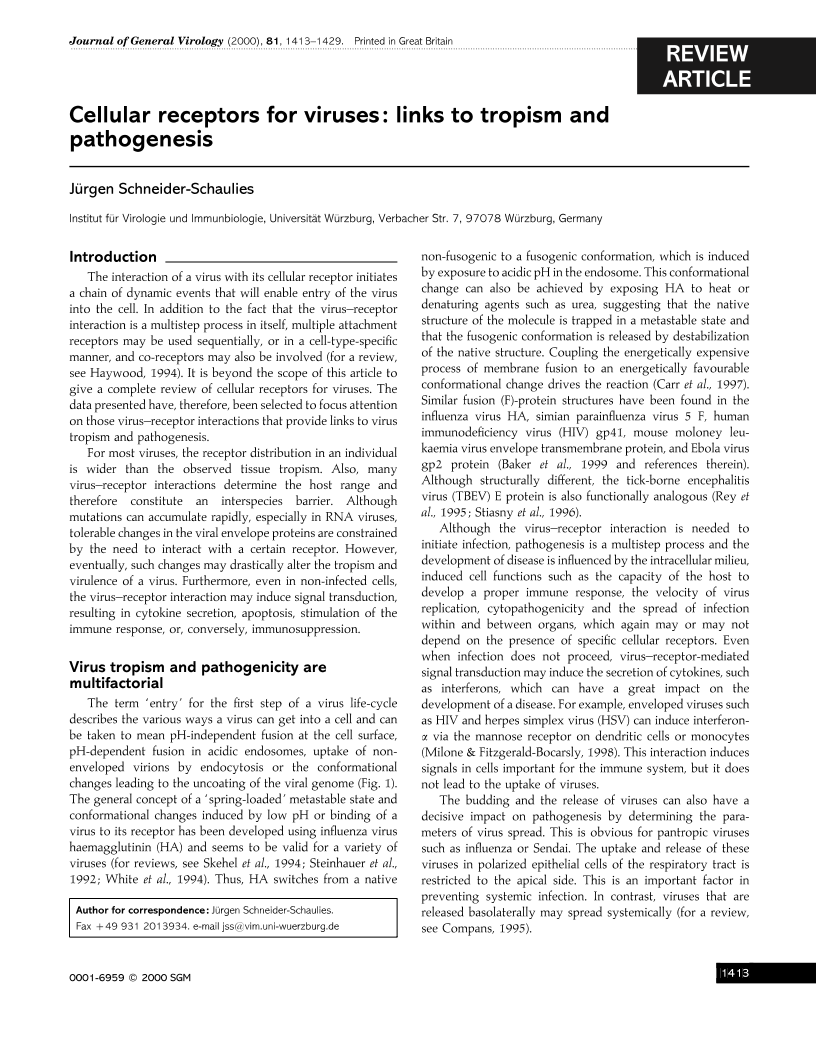
Full text loading...

Cellular receptors for viruses: links to tropism and pathogenesis, Page 1 of 1
< Previous page | Next page > /docserver/preview/fulltext/jgv/81/6/0811413a-1.gif
There is no abstract available.

Article metrics loading...

Full text loading...
References


Data & Media loading...
